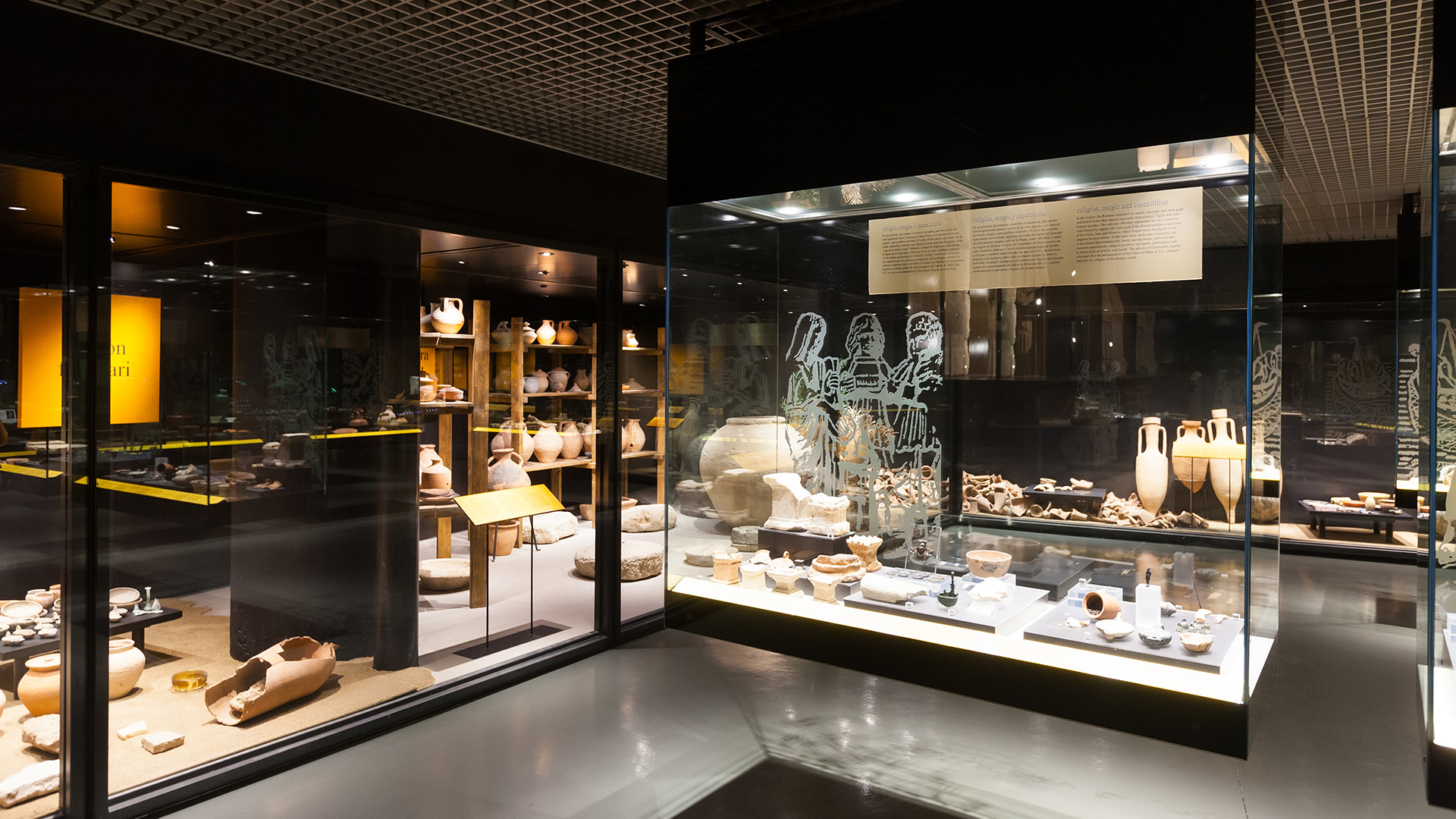
Publication
Australia’s new mandatory merger control regime
Mergers or acquisitions that meet certain turnover thresholds will shortly be required to be notified to the ACCC.


Author:
Australia | Publication | January 2024
This article was co-authored with Rose Cox and Jessica Markabawi.
Colonisation, war crimes and international organised crime have resulted in the unlawful movement of cultural materials and artworks from one country to another. Whilst there has been a long-held belief that “looting cultural heritage is wrong and stolen objects should be returned to their rightful owner”, the inclination to organise the return of stolen objects only emerged in the 1950s.1 Today, repatriation has received a renewed surge of public interest as famous artefacts such as the Benin Bronzes and Parthenon Marbles have been the subject of repatriation efforts and significant media scrutiny.2 Museums are also starting to show a greater interest in repatriating objects of significance to communities from which they originate. Earlier this year the Manchester Museum handed over 174 cultural heritage items to a delegation of women from the Anindilyakwa community of Groote Eylandt, an island in the Northern Territory.3 There have also been discussions around returning the Parthenon Marbles to Greece in exchange for ancient artefacts that have never been seen in the United Kingdom before.4
Repatriation refers to the return of “stolen or looted cultural material to their countries of origin”.5 In this context, ‘cultural materials’ refers to art and objects of cultural significance, including the remains of ancestors. Current discourse around repatriation typically refers to the return of stolen works from museum, universities, and private collections.
Repatriation is distinct from restitution, although the terms are often conflated. ‘Repatriation’ refers to returning cultural material to its country of origin. ‘Restitution’ refers to returning cultural material to an individual or community group.6
There are several challenges which arise in the repatriation of cultural material. Some key difficulties include:
This article provides a brief overview of the international and domestic law that guides repatriation efforts in Australia.
Before exploring repatriation in Australia, it is important to consider the international legal context which has informed repatriation efforts internationally and in Australia. There are three key instruments to consider. These instruments have identified that cultural materials are often looted as a consequence of conflict, guide the way in which cultural materials should be returned and how the conduct of those who have stolen or destroyed cultural materials should be addressed.
The UNIDROIT Convention defines cultural objects as “those which, on religious or secular ground, are of importance for archaeology, prehistory, history, literature, art or science and belong to one of the categories listed in the Annex to this Convention”.14 The annexure to the UNIDROIT Convention contains a broad list of cultural materials, including antiquities and written materials. The UNIDROIT Convention outlines the steps for resolving a claim of restitution and is underpinned by the principle that “the possessor of a cultural object which has been stolen shall return it”.15
These instruments have informed significant repatriation efforts overseas. Australia has however, taken a more policy-driven, rather than legalistic, approach to repatriation.
Importantly, “within Australia, despite a growing number of policies and principles put in place by governments and museums, there is actually little legislation, or even case law, to compel repatriation”.16 There is some state-specific legislation which can also be applied to questions of repatriation, however, the legislation that is typically referred to in a repatriation context is Commonwealth legislation, being:
The repatriation movement in Australia, whilst somewhat supported by the above legislation, is largely driven by Federal Government policy and supported by the private museum and gallery sector. The Australian Federal Government is currently focusing its repatriation efforts on the return of First Nations artefacts to Australia.
As discussed in our earlier article, the Federal Advisory Committee for Indigenous Repatriation (Committee) was established to provide advice to the Australian Government on repatriation matters.25 The work of the Committee is supported by the private museum and gallery sector, with some institutions developing their own advisory bodies or guidance notes on the process of repatriating Indigenous cultural materials.26
This is not to say that the Federal Government and private institutions do not have an appetite for repatriating stolen art which is in our galleries. The National Gallery has recently returned several key paintings which it obtained from Subhash Kapoor, after concluding that many of them were likely stolen or looted from India.27
Whilst one option to encourage repatriation may be to pass specific legislation, this may not be the simplest or most effective way to encourage repatriation by private institutions. Alternative methods that can encourage repatriation include:
There is a growing swell of public interest in repatriation, which is encouraging lawmakers and private museums, galleries and collectors to return stolen or looted art to its rightful place. It is a needed, albeit significantly delayed step towards restorative justice, that encourages cross-border communication, reconciliation and just practices in the arts and culture industry. Whilst ongoing resistance to repatriation is inevitable in the international context, the Australian Federal Government has made significant advances in its First Nations and international repatriation efforts.
Aboriginal and Torres Strait Islander Heritage Protection Act 1984 (Cth).
Environment Protection Biodiversity Conservation Act 1999 Chapter 2, Part 3, Division 1, Subdivision A s 12, 15A, The proposed reburial was a ‘controlled action’ under the EPBC Act.
Helena Smith, ‘Keir Starmer open to return of Parthenon marbles, reports say’ (26 November 2023) | Keir Starmer open to return of Parthenon marbles, reports say | Parthenon marbles | The Guardian.
Spencer Woodman, Malia Politzer, Malia Politzer, Delphine Reuter and Namrata Sharmer, ‘’The stuff was illegally dug up’: New York’s Met Museum sees reputation erode over collection practices’ (20 March 2023) | https://www.theguardian.com/culture/2023/mar/20/new-york-metropolitan-museum-collection-artifacts-theft.

Publication
Mergers or acquisitions that meet certain turnover thresholds will shortly be required to be notified to the ACCC.
Subscribe and stay up to date with the latest legal news, information and events . . .
© Norton Rose Fulbright LLP 2026